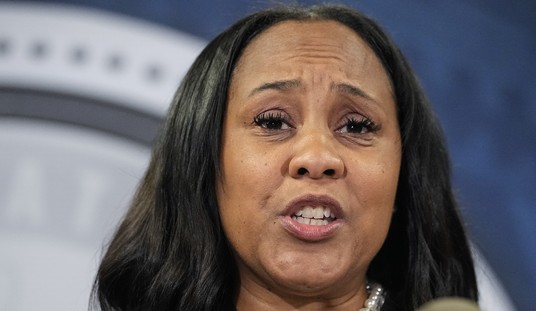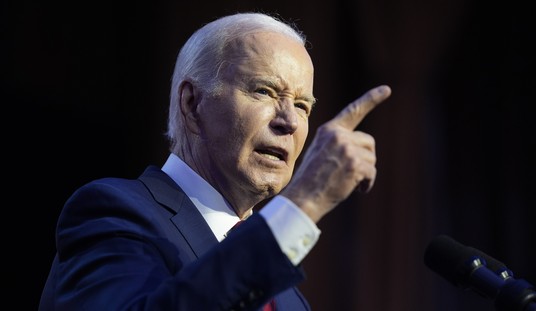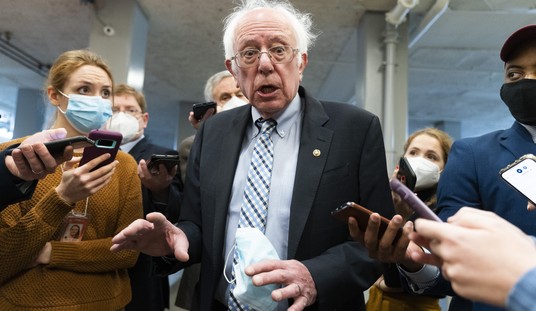A new report just released shows an interesting trend in regard to union membership in the public sector and that it’s actually been dropping since a Supreme Court decision back in 2018. According to the report, the Janus decision has put a bit of a dent in the money flowing to unions in the public sector.
Five years ago this month, in June 2018, the U.S. Supreme Court ruled in Janus vs. AFSCME that government employees have a First Amendment right to work at their jobs regardless of their union membership.
A new Mackinac Center study, The Janus Effect, examines the effects of the decision in the 22 states affected by the decision. It finds that 22% of government employees in those states opt out of their unions. New hires maintain a similar ratio.
“We estimate that union revenue is down $733 million annually, based on the estimated 1.2 million government employees who have resigned or declined union membership,” reports Jarrett Skorup, author of the study.
Skorup is vice president of marketing and communications for the Mackinac Center.
This report comes on the heels of a report earlier this year from the Bureau of Labor Statistics that shows that union membership is the lowest on record. According to the report, only 10.1 percent of the labor force was a member of a union in 2022. This is down from 1983, the first year where comparable union data is available, and the union membership rate was 20.1 percent.
According to the Mackinac Center, the results reveal the lowest union membership recorded since the 2018 Janus decision.
Prior to the Janus decision, unionized public employees in states without right-to-work laws had
to pay the union in their workplace. They technically had two options: 1) be an official union
member and pay full dues, or 2) decline membership but still pay the union a so-called agency fee.
These fees are typically not much less than a union’s full dues, which reduces the incentive for
workers to opt out of membership.After the Janus decision, the public employees who had already declined union membership
and were paying only agency fees were immediately relieved of having to financially support
their union. Existing union members and newly hired employees, meanwhile, now faced a
different set of options: 1) be an official union member and pay full dues, or 2) decline
membership and pay nothing.The research described in this report aims to estimate how many potential public sector union
members have declined membership since the Janus decision. This includes both the preexisting
agency-fee payers and workers who declined membership after the Janus decision changed their
set of options about financially supporting the union in their workplace.
Oddly enough, Michigan, which passed a Right to Work law in 2012, just repealed it this year after it was in place for just over a decade. This was a direct result of Democrat Governor Gretchen Whitmer winning reelection and the Democrats taking control of both the House and Senate for the first time in over three decades.
This is one of the reasons why I have been arguing that Michigan is not a purple state—or even more laughable, red—but a firmly blue one and has been for a number of years. Michigan Is a BLUE State and Lying About It Won’t Change That Fact. From that article…
Michigan, since the 2002 election of Jennifer Granholm and her re-election in 2006, has elected progressive-leaning candidates. The hiccup of “republican” Rick Snyder who raised your taxes, let the Flint water debacle happen, and was pro-abortion, was Democrat-Lite. Now with Whitmer elected in 2018 and just re-elected in 2022, this trend continues with the state’s chief executive.
Michigan has not elected a Republican United States Senator since 1994 with Spencer Abraham, who was defeated by now-retiring Senator Debbie Stabenow. In case you are wondering how long that is, due to your time in the state’s floundering public school system, in 2024, it will be a full 30 years since you sent a member of the GOP to D.C. to occupy a seat in the upper chamber of Congress.
Please don’t use the excuse that the GOP has picked establishment hacks to face off against hapless Democrats like Stabenow and Peters. You had newly elected (barely) to a House seat John James, face off against both Senators two years apart and lose. In fact, James only won his seat last November by just under 2,000 votes.
Michigan Republicans just lost both the State House and Senate control for the first time since before John Engler left office. The only bright spot the GOP had was control of the legislature, and now that the redistricting is out of the hands of the legislature and given to a group of citizens who are picked through some weird process, you can bet the GOP won’t be getting a favorable district any time soon.
Those are all just facts that are verifiable. We can discuss the reasons why this has occurred and the overall cause and effect, but what I just wrote above is factual history.
However, the Janus decision does NOT affect private sector union employees, only public sector ones, yet it still seems to be having a profound effect even in a traditional union state like Michigan.
The prevailing trend since the SCOTUS ruling clearly has been on the downside for union bosses, as evidenced by this report and the BLS numbers, which is a bad sign for unions as we head into the middle of the century. Losing almost three-quarters of a billion dollars in revenue is a big loss for any organization and will only weaken any influence unions are planning or hoping to have going forward.
This is ultimately bad news for Democrats, who have depended on labor’s deep pockets for years to fund candidates.
You can read the full report from the Mackinaw Center right here: The Janus Effect: The Impact of the 2018 Supreme Court Decision on Public Sector Unions.













